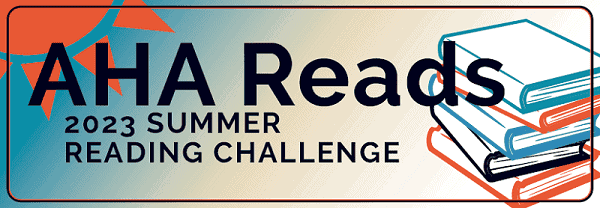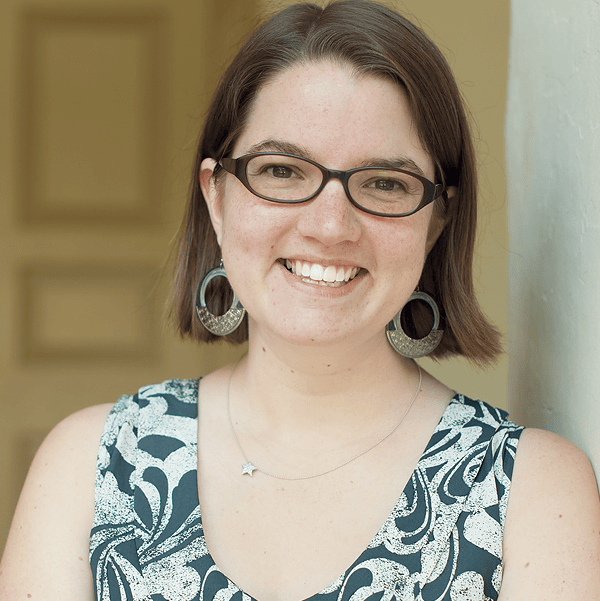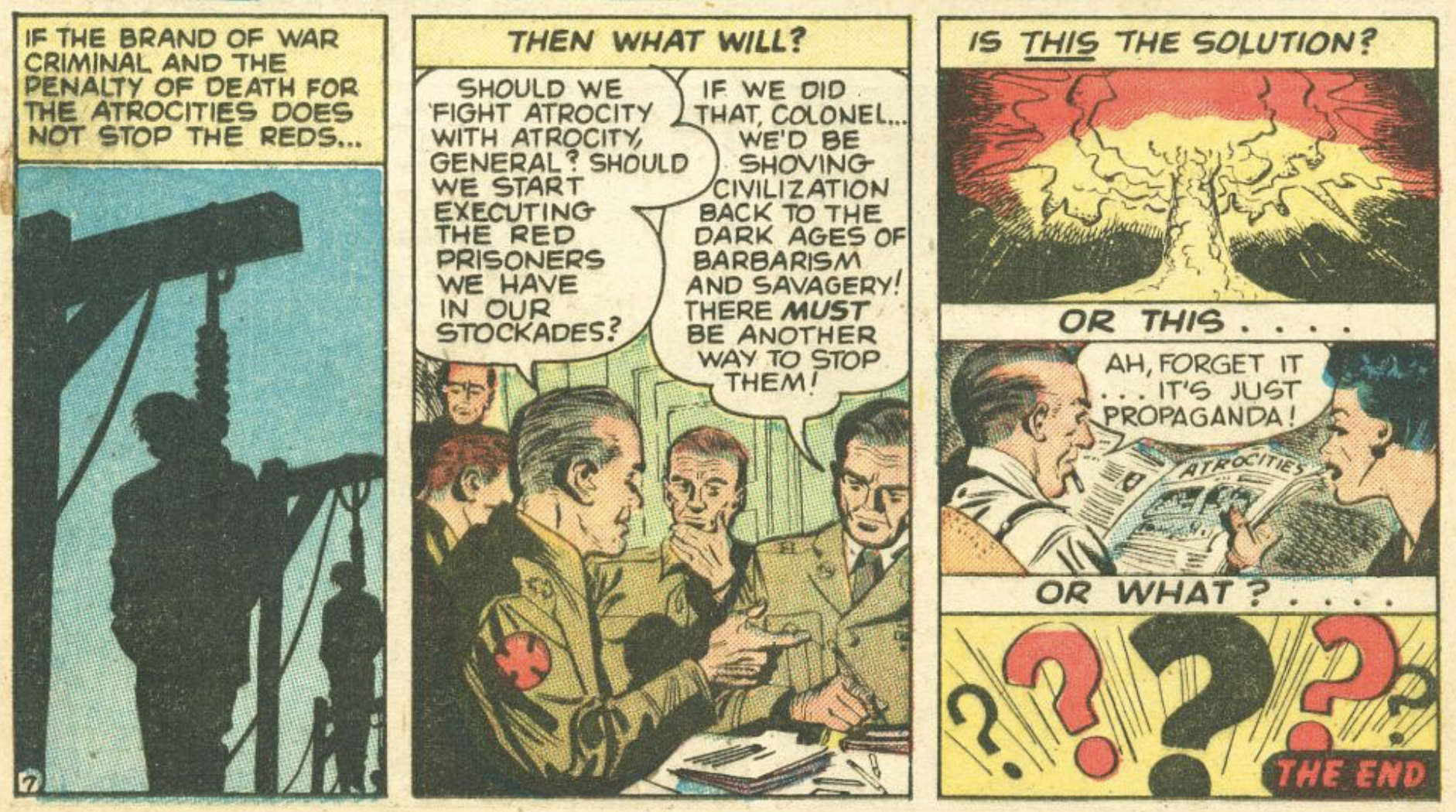As June comes to a close, we are coming to the end of the first month of the AHA Summer Reading Challenge. We asked AHA members, Council, and staff to share with us what history they had read in June to fulfill tasks in #AHAReads and we’ve compiled some of their responses.

AHA Reads
Read a history written for young readers.
Laura Ansley (AHA managing editor) checked out Never Caught, the Story of Ona Judge: George and Martha Washington’s Courageous Slave Who Dared to Run Away, Young Readers Edition by Erica Armstrong Dunbar and Kathleen Van Cleve.
Annie Evans (New American History, Univ. of Richmond) also chose a young readers edition of a book first published for adults: Braiding Sweetgrass for Young Adults: Indigenous Wisdom, Scientific Knowledge, and the Teachings of Plants by Robin Wall Kimmerer and adapted by Monique Gray Smith.
Darcy Fryer (Brearley School) enjoyed David Olusoga’s Black and British: An Illustrated History, which is “gorgeously” illustrated by Jake Alexander and Melleny Taylor and “sets a high bar for what a history for young readers can be.”
Read a history of your local community or state.
Kathleen Hilliard (Iowa State Univ. and AHA Council) enjoyed her colleague Pamela Riney-Kehrberg’s When a Dream Dies: Agriculture, Iowa, and the Farm Crisis of the 1980s.
Michael Romero (Colonial Williamsburg) chose a book directly relevant to his job: John E. Selby’s The Revolution in Virginia, 1775–1783.
Kara Swanson (Northeastern Univ.) enjoyed learning about everything from poetry to football to gene sequencing to Polaroid in Born in Cambridge: 400 Years of Ideas and Innovators by Karen Weintraub and Michael Kuchta.
Read a graphic history.
Both Debbie Doyle (AHA meetings manager) and M. A. Davis (Lees-McRae Coll.) chose a recent classic of this genre: the memoir March by John Lewis, Andrew Aydin, and Nate Powell.
Hilary Green (Davidson Coll.) picked up Wake: The Hidden History of Women-Led Slave Revolts by Rebecca Hall and Hugo Martínez from her school library.
Kara Swanson also read The Middle Ages: A Graphic History by Eleanor Janega and Neil Max Emmanuel, saying it was “not her high school Middle Ages survey!”
Rebecca L. West (AHA operations and communications assistant) chose Keum Suk Gendry-Kim’s Grass, translated by Janet Hong.
Read a history written by someone with a different background from your own.
Claire Boyle (DePaul Univ.) enjoyed A City in Fragments: Urban Text in Modern Jerusalem by Yair Wallach, a cultural history of text including street signs, graffiti, banknotes, and paper contracts.
Maura Elizabeth Cunningham (Association for Asian Studies) read Never Caught: The Washingtons’ Relentless Pursuit of Their Runway Slave, Ona Judge by Erica Armstrong Dunbar (the young readers edition also appears above).
Angela A. Lee (Weston High School) appreciated the material culture approach and historiography behind Tiya Miles’s All That She Carried: The Journey of Ashley’s Sack, a Black Family Keepsake.
Tanya Roth (Mary Institute and Saint Louis Country Day School) chose Heart of Fire: An Immigrant Daughter’s Story by Mazie K. Hirono, Hawaii’s US Senator.
Lindsey Passenger Wieck (St. Mary’s Univ.) read Miss Major Speaks: Conversations with a Black Trans Revolutionary by Major Griffin-Gracy and Toshio Meronek for a firsthand account of 20th-century activism.
Read a history that’s been on your shelf for too long.
William Benson (Sterling, Colorado) read H. L. Mencken’s book, A Religious Orgy in Tennessee: A Reporter’s Account of the Scopes Monkey Trial, a compilation of 17 news articles published in 1925.
Rebecca Brenner Graham (Madeira School) pulled The Cause: The American Revolution and Its Discontents, 1773–1783 by Joseph Ellis off her shelf for this task.
Alexandra Levy (AHA communications manager) found Killers of the Flower Moon: The Osage Murders and the Birth of the FBI by David Grann to be “disturbing and well-researched.”
Emily Matson (Coll. of William & Mary) read the “meticulously researched and incredibly captivating” Arise, Africa! Roar, China! Black and Chinese Citizens of the World in the Twentieth Century by Gao Yunxiang.
Gary Shea (Milwaukee, Wisconsin) is planning to finish Information: A Historical Companion, edited by Ann Blair, Paul Duguid, Anja-Silvia Goeing, and Anthony Grafton, a lengthy book he’s been reading since 2021.
Read a history published before 2000.
Alycia Asai (Civics and Coffee podcast) turned to Creating a Female Dominion in American Reform, 1890–1935 by Robyn Muncy for this task.
M. A. Davis also has been slowly working his way through Plutarch’s The Age of Alexander.
Suzanne Garrison (Norwich Univ.) got to use a class reading for this task: Robert H. Wiebe’s The Search for Order, 1877–1920.
Sara Georgini (Massachusetts Historical Society) read about Anna Julia Cooper’s archival adventures in her autobiographical work, The Third Step.
Rebecca L. West also read Forced Founders: Indians, Debtors, Slaves, and the Making of the American Revolution in Virginia by Woody Holton, which squeaked by for this task with a 1999 publication date.
Read a piece of historical fiction set in the time or place you study.
Laura Ansley is always going to pick a historical romance for this task—and this year, she went with Harper St. George’s The Duchess Takes a Husband.
Angela Jill Cooley (Minnesota State Univ., Mankato) picked a book set in her hometown of Detroit with Time’s Undoing by Cheryl A. Head.
Kristine Gunnell (Univ. of California, Los Angeles) thought that Brianna Labuskes’s WWII-era novel The Librarian of Burned Books felt “very appropriate for our historical moment.”
Christina Palo (James Madison High School) found Arial Lawhon, Kristina McMorris, and Susan Meissner’s When We Had Wings “lovely and eye-opening.”
Amy Rohmiller (librarian, Kettering Health) called Take My Hand by Dolen Perkins-Valdez “a powerful story of reproductive rights.”
Patrick Sheridan (Univ. of Georgia) started the challenge with James A. Michener’s Texas.
Meg Smith (Southern Illinois Univ. Edwardsville) paired her work on a project about climate, religion, and landscapes with Diane Setterfield’s Once Upon a River.
Read a history that’s been challenged or banned.
Hilary Green also read the first volume of Art Spiegelman’s Maus.
Read a history of a place you know little about.
Brittany Huner (Univ. of North Texas) read Romania’s Holy War: Soldiers, Motivation, and the Holocaust by Grant T. Harward to learn more about World War II in an unfamiliar place.
It’s not too late to join the challenge! Simply select three tasks to complete one row (or more!) on the bingo card before Labor Day. Post about your reading on the AHA Member Forum or on social media using the hashtag #AHAReads. And be sure to tell us how your children or students are completing the kids’ edition of the challenge. You might even see your books show up in a future post on Perspectives Daily.
This work is licensed under a Creative Commons Attribution-NonCommercial-NoDerivatives 4.0 International License. Attribution must provide author name, article title, Perspectives on History, date of publication, and a link to this page. This license applies only to the article, not to text or images used here by permission.


